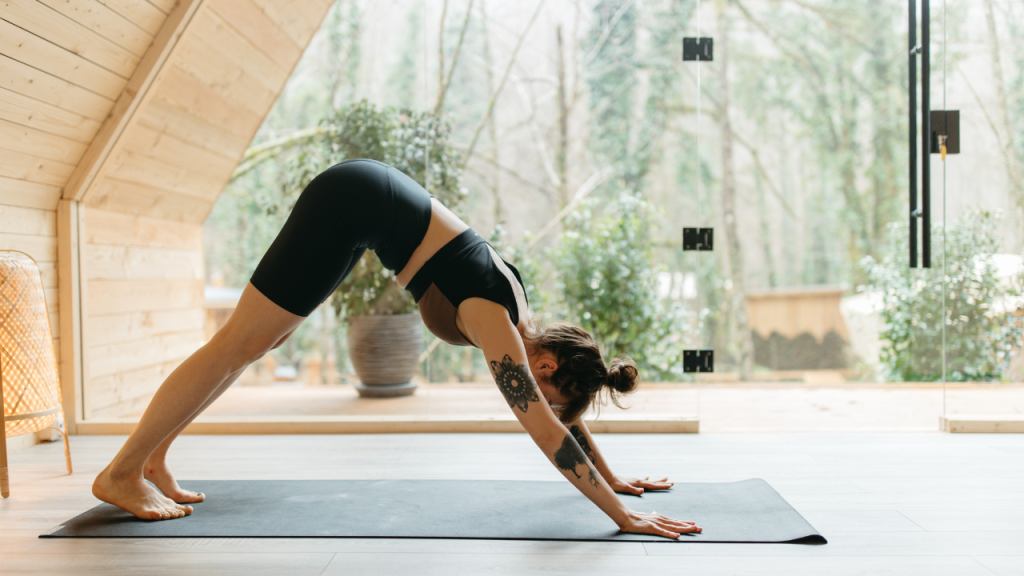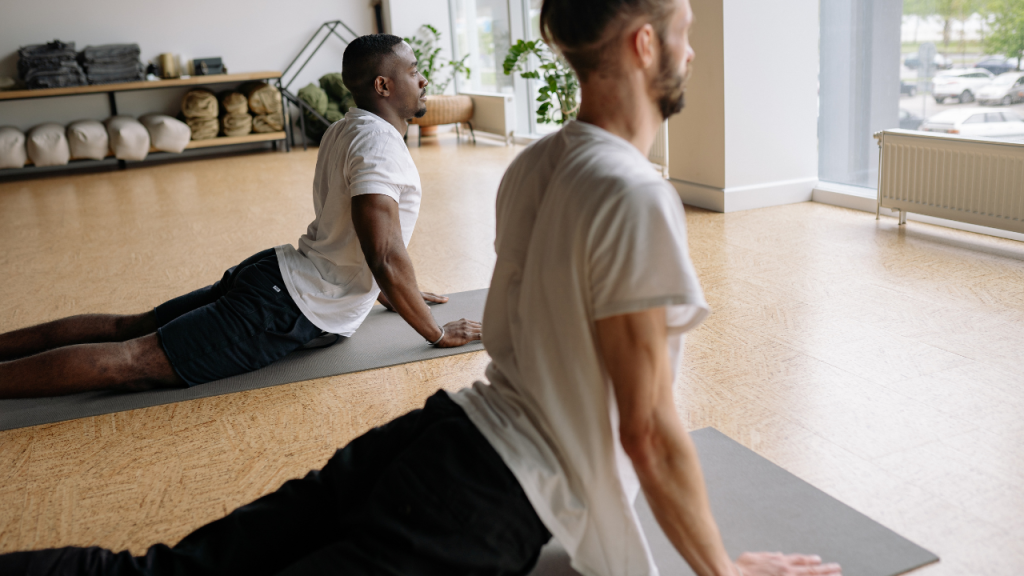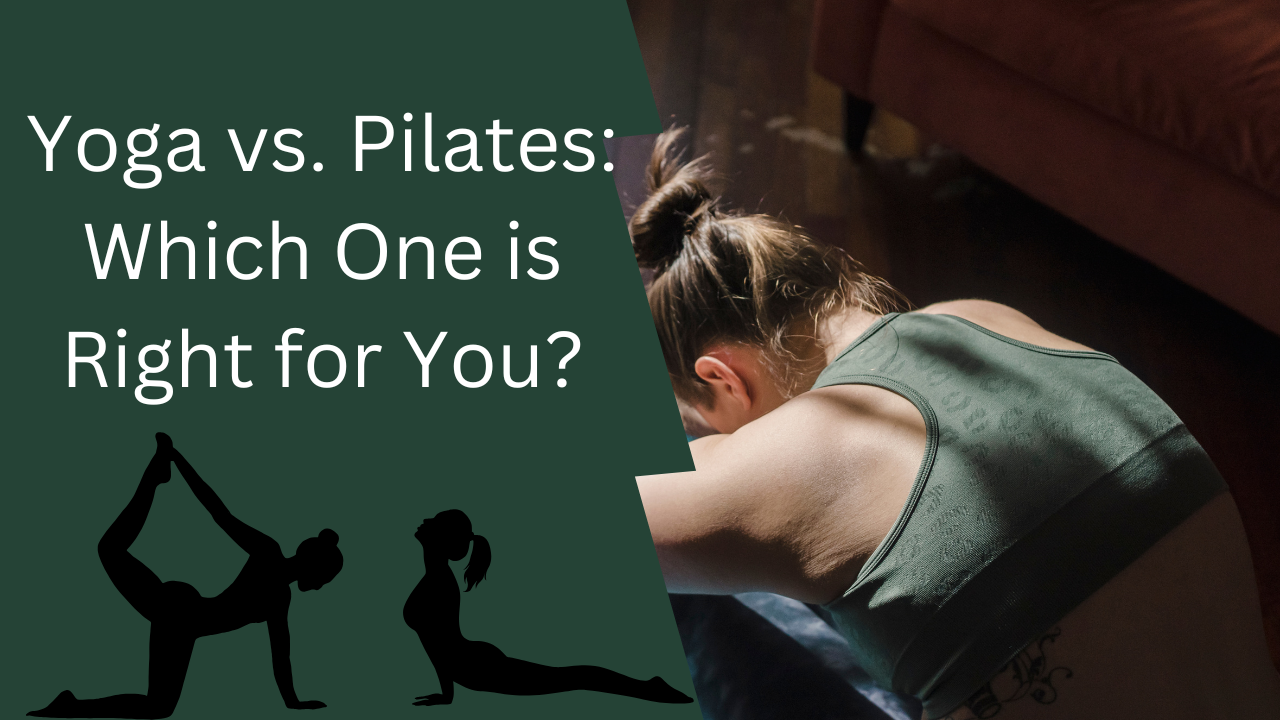Yoga vs. Pilates: Which One is Right for You?
Introduction
Are you looking for a workout that improves flexibility, builds strength, and enhances mental well-being? If so, you might wonder: Which is better to choose: yoga or Pilates? While both offer some incredible benefits, they serve quite different purposes.
Yoga has been the spiritual and bodily practice for many thousands of years, whereas Pilates was formed as a means of rehabilitation designed to increase abdominal strength and restore proper posture, but which can be beneficial with your **fitness objectives, lifestyle, or body type?
In this guide, we will break down the differences, benefits, and key factors to help you make an informed choice. By the end, you’ll know exactly whether yoga or Pilates is the right fit for you.
What is Yoga?
A Brief History of Yoga
Yoga has its origins over 5,000 years ago in ancient India. The word for yoga literally means “union”, referring to the melding of the mind, body, and spirit.
It encompasses breathwork (pranayama), meditation, and physical postures (asanas) with an intent to reduce stress, bring about relaxation, and thus holistic health.
Benefits of Yoga
Yoga isn’t only about stretching—it offers numerous physical, mental, and emotional benefits, including the following:
✔ Increases flexibility & posture – Yoga practice makes the muscles more elastic and improves the spinal alignment. ✔ Reduces stress & anxiety – The breathing exercises and meditation help relax. ✔ Improves heart health – Lowers blood pressure and improves circulation. ✔ Improves mental clarity – Mindfulness helps one focus and achieve emotional balance.
✔ Strengthens muscles – Certain styles (like Power Yoga) help build lean muscle mass.
Popular Types of Yoga
| Type | Best For | Description |
|---|---|---|
| Hatha Yoga | Beginners | Slow-paced poses with breath focus. |
| Vinyasa Yoga | Weight loss & stamina | Fast-paced, flow-based sequences. |
| Ashtanga Yoga | Strength & discipline | Structured, intense workouts. |
| Bikram Yoga | Detox & flexibility | 26 poses in a heated room. |
| Restorative Yoga | Stress relief | Gentle poses held longer for deep relaxation. |
If your goal is stress relief, mindfulness, and flexibility, yoga might be the best choice for you!
What is Pilates?
The History of Pilates
Pilates was invented by Joseph Pilates in the 1920s as a rehabilitation technique for injured soldiers and dancers.
It is more about controlled movements, core strength, and spinal alignment rather than spiritual or meditative aspects.
Benefits of Pilates
Pilates is a full-body workout that primarily targets the core muscles (abs, lower back, and glutes). Its benefits include:
✔ Strengthen core muscles – Build abdominal and lower back strength.
✔ Corrects posture and spinal alignment – Excellent for individuals with back pain.
✔ Minimize the risk of injuries – Helps build stabilizing muscle strength.
✔ Muscle toning and endurance building – Build long lean muscles.
✔ Rehabilitation – Essential for reformed patients.
Types of Pilates
| Type | Best For | Description | |———|————|—————| | Mat Pilates | Home workouts | Uses body weight exercises. | | Reformer Pilates | Advanced training | Uses a resistance-based machine. | | Clinical Pilates | Injury recovery | Tailored for rehabilitation. | | Contemporary Pilates | Strength & flexibility | Mix of modern & classical techniques. |
It will become your best choice if you are recovering from an injury, want better posture, or need core strength.
Yoga vs. Pilates: Key Differences
| Factor | Yoga | Pilates |
|---|---|---|
| Origin | India (spiritual roots) | Germany (rehabilitation focus) |
| Focus | Flexibility, mindfulness, balance | Core strength, posture, injury prevention |
| Breathing Technique | Deep belly breathing | Controlled lateral breathing |
| Equipment Needed | Mat, props (blocks, straps) | Reformer machines, mat |
| Best For | Relaxation, flexibility, mental clarity | Strength, toning, rehabilitation |
| Intensity Level | Low to moderate | Low to high (varies) |
- Vinyasa Yoga burns 400-600 calories per hour due to its fast-paced, flowing movements.
- Reformer Pilates offers high-intensity resistance training, which helps burn fat and tone muscles.
Yoga vs. Pilates for Flexibility

- Yoga improves overall joint mobility and muscle elasticity.
- Pilates enhances core-driven flexibility while improving muscle strength.
Which One is Right for You?
Ask Yourself These Questions
✔ * Do you want mind-body connection?* → Choose Yoga.
✔ * Need core strength or injury prevention?* → Choose Pilates
✔ * Desire stress relief as well as meditate?* → Yoga would be the Best
✔ You want a whole body workout within a structured design? → choose Pilates.
It suits:
✅ For mental relaxation. “
✅ Suitable for stretching and mindfulness.
Anyone interested in holistic health.
Who Should Choose Pilates?
Those who need relief from back pain and posture issues. Also, for someone looking for a set of toned muscles & core strength. This also aids people who suffer from injuries.
—
Beginner’s Guide: Getting Started
Beginner Yoga Routine (10 Minutes)
1️⃣ Cat-Cow Pose – Enhances flexibility of the spine.
2️⃣ Downward Dog – Strengthens arms, stretches legs.
3️⃣ Warrior II Pose – Strengthens lower body.
4️⃣ Child’s Pose – Relaxes the body & mind.
Beginner Pilates Routine (10 Minutes)
1️⃣ Pelvic Tilts – Engages core, supports spine.
2️⃣ Leg Circles – Strengthens hip flexors.
3️⃣ Plank Hold – Strengthens core and improves stabilizing abilities.
4️⃣ Rolling Like a Ball – Flexes the spine, improving spinal flexion.
What Experts Claim
???? According to Harvard Health, yoga reduces cortisol, and helps achieve good mental health. (Source: Harvard Health website) .
???? Mayo Clinic, on its webpage, advocates using Pilates as a tool to help people have chronic pain management, rehabilitation, among other functions. Source: Mayo Clinic website.
Common Myths Busted
“Yoga and Pilates are the same.”
❌ False! Yoga, generally, focuses on spirituality & mindfulness, while Pilates is physical and core-focused.
“Pilates is only for dancers or athletes.”
❌ False! Pilates is actually for everyone, from beginner to senior; even for people recovering from injuries.
“Yoga is just stretching.”
❌ False! Yoga incorporates strengthening postures, breathing techniques, and mental relaxation.
Conclusion: Last Word Not convinced? Then try both and discover which one better suits your body!

To achieve **greater flexibility, inner awareness, or relaxation, it is yoga.
For enhancing *core muscle strength, body posture correction or injury recovery* it is Pilates.
At the end of the day, both offer incredible health benefits—so why not combine them for a well-rounded fitness routine?
SEO Optimized Meta Description (Under 160 Characters)
\”Yoga vs. Pilates: Which is right for you? Discover key differences, benefits, and expert advice to make the best choice for your fitness goals.\”
Would you like any modifications or additional sections? ????
Readmore…https://totalinsights.online/wp-admin/post.php?post=28749&action=edit

